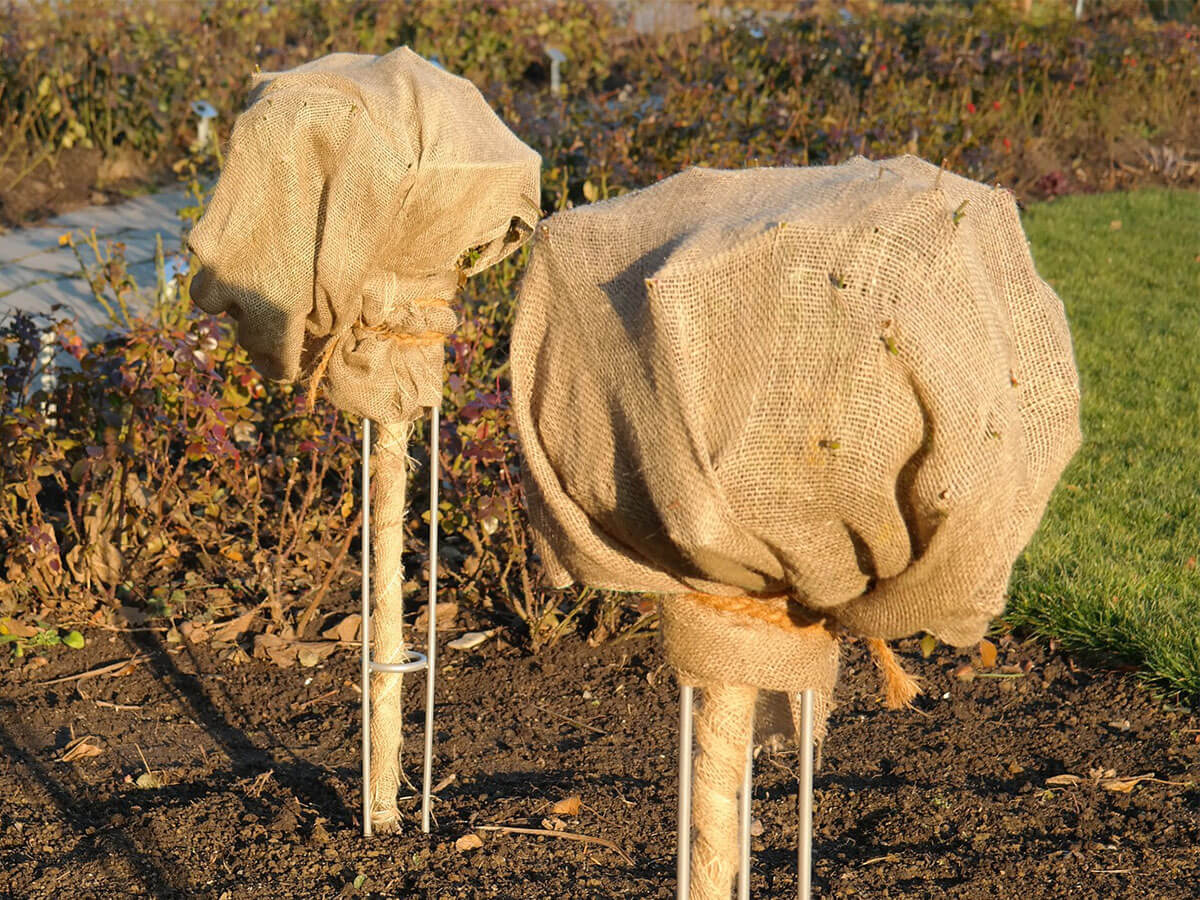11 Must-Do Winter Tasks for A Small Garden
August, 2024 |In a small garden, every inch counts, and how you care for your small space in winter can make all the difference come spring. Whether you’re aiming for vibrant blooms or a bountiful harvest, these 11 must-do winter tasks will ensure your garden stays healthy, happy, and ready to burst back to life when the warmer weather arrives.
If you haven’t already, check out our autumn small garden checklist to make sure you haven’t missed any crucial jobs.
Related Read | 10 Winter Garden Hacks to Make Your Small Space Cozy and Inviting
The Winter Garden Checklist for Small Gardens
Here’s a winter checklist to keep your small garden in top shape. Follow these tips to ensure your garden survives and thrives through the colder months…
1. Tidy Up and Trim Back
Trimming plants in a small garden during winter is essential for keeping them compact. Untamed perennials can soon overtake a small space, especially fast-growing perennials like ivy, wisteria or cherry laurel (one of the best plants for creating a tall and narrow hedge).
By pruning in the colder months, you control the size and shape of your plants, ensuring they don’t outgrow their space. This not only keeps your garden tidy, but it also promotes healthy growth in the spring!
2. Protect Your Plants
Even hardy plants can use a little extra care when temperatures drop. Consider covering more delicate plants with garden fleece or cloches to protect them from frost.
Container plants can be particularly susceptible, so if possible move them closer to your house or apartment walls or into a small greenhouse to shield them from the worst of the weather.
Related Read | How to Protect Your Container Plants from Frost

3. Feed the Soil
Just like us, your garden’s soil needs nourishment to stay healthy through the winter — especially container plants. Spread a layer of compost or well-rotted manure over your garden beds and containers for a nutritional top-up.
This can act as a blanket too, keeping the soil warm, but critically it provides essential nutrients that will be ready and waiting when your plants start to wake up in spring.
4. Mulch, Mulch, Mulch!
Mulching can be a hefty task in larger gardens, but luckily for those of us with smaller spaces, this task is a lot easier! Mulching has two major benefits in winter… it protects the base of perennials that have died back but may still be susceptible to frost and it also enriches the soil with organic matter.
Apply a thick layer of mulch around the base of plants in garden beds and containers. It helps to also insulate the soil, retain moisture (useful if you experience dry cold winters), and can even prevent weeds from popping up.
Mulching materials include:
- Autumn leaves (shredded or whole)
- straw
- bark
- compost
- grass clippings

5. Plan for Spring
I love planning next year’s garden layout. When the skies are cloudy and gray, there’s nothing better than sitting down with a cup of something hot and starting to write lists of vegetables or flowers to grow next year and any new ideas I’ve come across on social media!
Related Read | How to Plan Your Small Urban Garden for Spring During Winter
Winter is the ideal time to start dreaming and planning for your spring garden. So take stock of what worked well last season (or maybe what didn’t!) and get planning.
Maybe you recently moved into a new place and next Spring you’ll be starting from scratch. Or maybe you’re planning to redesign a corner of your garden. Use these quiet months to research, sketch out ideas, and even start ordering seeds!
If you’re interested in growing vegetables, consider one of these efficient planting layouts that are perfect for small spaces.

6. Care for Garden Tools
After pruning any perennials, winter can be a great time to give your tools some TLC. Clean, sharpen, and oil your tools to prevent rust and ensure they’re ready for action come spring.
It’s not the most exciting garden task, but properly maintained tools will last longer and make gardening tasks much easier!

7. Support Your Local Wildlife
Don’t forget about the birds and other wildlife that visit your garden! Winter can be tough for them, so consider hanging bird feeders and providing a source of fresh water.
It’s a harmonious relationship, as not only will this help them through the cold months, but they’ll also reward you by keeping pests in check when spring arrives!

8. Consider Winter Plants
When planting a garden we can often get carried away with show-stopping flowers like roses, sunflowers or dahlias, but when all the colors of summer flowers fade away we’re left with a bare and empty-looking garden.
This is where evergreens like dwarf conifers and winter-flowering plants take center stage — especially evergreen winter flowering shrubs!
These winter-hardy plants can add a splash of color and cheer to your garden when you need it most.
Some inspiration for winter planting…
- 10 Best Plants for a Winter Hanging Basket
- 12 Best Dwarf Conifers for Small Garden Spaces
- 24 Stunning Garden Plants That Bloom in Winter
- 6 Evergreen Winter Flowering Shrubs for a Small Garden

9. Check on Structures
Winter weather can be harsh on garden structures like trellises, fences, and greenhouses. Take a moment to inspect and repair any damage — especially after a storm or before heavy snowfall is expected.
Tighten loose screws, replace broken parts, and give everything a fresh coat of weather-resistant paint if needed!
10. Don’t Let Your Compost Freeze!
As the colder weather really begins to set in, compost decomposition slows down and can even stop altogether. This increases the length of time you’ll have to wait for your kitchen scraps to turn into nutritious compost.
To keep your compost going, we’ve created a useful guide to help you keep a small compost bin thriving over winter.

As a bonus tip, make sure you take some time to simply enjoy your garden! Winter gardens have a special, quiet beauty all their own. So, grab a warm drink, wrap up in a cozy scarf, and spend a little time outdoors soaking it all in.
If you’re looking for more projects and tips to improve your garden this winter, these winter DIY projects are a great way to still be involved in garden life.
You may also like to read…
Wondering what else you can do with your small outdoor space this winter? I’ve pulled together some of our posts to inspire you!
Garden projects and planning…
- 8 Winter DIY Projects for Small Spaces
- How to Plan Your Small Urban Garden for Spring During Winter
- 10 Winter Garden Hacks to Make Your Small Space Cozy and Inviting
Winter planting ideas…





